The Floating and Fast-Sink Little Neck Poppers: Mr. Subtle and Dr. Missile
Jerry Audet
Welcome to Saltwater Edge’s series profiling the amazing line of Super Strike lures. Super Strike makes the most dependable, effective, and affordable lures series specifically designed for the striped bass angler. For over 30-years, these plugs have taken an untold number of stripers, including an incredible number of fish over 40- and 50-pounds. In this series, Sufcaster’s Journal Managing Editor Jerry Audet will take you through the entire series and provide an overview of each plug, general suggestions for their use, some higher-level and out-of-the-box uses, and also break down misconceptions about each series of plugs.
If you missed my previous articles on the truly incredible and extremely popular Super Strike 2-3/8-ounce little neck (LN) popper, or the similar 1.5-ounce and 3-ounce versions, you can find those pieceshere and here. In this article, I’ll just be focusing on the other two versions of the poppers in the Super Strike line-up: the fast sinking and floating options. However, I encourage you to go back and read the other article if you haven’t already- it’ll explain why having a sinking popper is so incredible, and the basics of how to swim these plugs.
Why You Should Be Fishing the Floating and Fast-Sink Little Neck Poppers

Unlike the 2-3/8-ounce Little Neck (LN), these plugs are much more niche in nature. That is, the fast sinking and floating LN poppers are not a plug I would be carrying on most days, in most places. The 2-3/8-ounce is really a jack-of-all-trades plug, that can be used like a popper, swimmer, or even a jig. Not so with either of these other classifications. For this reason, I’m not going to split them up by size, but only by floating versus fast sinking. Just know, the floating is offered in the same three-sizes as the slow-sink versions- they come in at 4-1/4, 5-1/4-, and 6-inches. The fast sink version only comes in the larger of the two sizes, at 5-1/4- and 6-inches.
For me personally, the sinking version is the least useful of the entire line of Super Strike plugs- and I’m not just talking about the poppers. This includes every plug that Donny created. The fast sink popper is really designed with one thing in mind: casting distance. At least, that’s the end result and how it’s often, typically, utilized. If you need something that can punch through extremely strong winds, this is the plug you reach for. You can outcast any bucktail with these, and just about every other plug besides a tin or perhaps a tail-weighted pencil. While they definitely can be used like a popper- and throw a decent amount of water- you have to work hard to get them to respond. You have to go fast, and give big sweeps, otherwise they just sink below the surface. I find them tiresome to use as a popper, and really think of them instead as a very heavy, subtle, swimming plug. In essence, if you just need to get a profile out to fish that are far off the beach, then this is a plug to consider. The only other large profile plug that comes close is the heavy Sebile Stick Shadd, which is no longer made and sinks even faster that the fast-sinking LN popper.
The floating LN popper is much more useful. These are fantastic plugs to use in situations where you need the popper to move slowly on the surface, and (or) want it to be subtle. The slow-sinking version that is so popular is still my favorite, but you have to keep it moving or it’ll just sink to the bottom. Not so with the floating versions. You can employ the “pop and see'' method that I love to use with both stripers and even largemouth bass. Simply sweeping it hard, throwing a good amount of water, and then letting it sit motionless for a long (sometimes very long) time can be deadly. You cannot accomplish this technique with the sinking or fast-sinking versions. That, and the floating version is good for doing very small, tiny popping motions, or just going absolutely crazy. Since it won’t sink, you can go extremely slow and just have it make tiny slurping or gurgling noises on the surface. This is deadly in back-waters, and the smallest size in particular is popular in estuaries using this tactic. Don’t overlook this at night- when fish are fussy, or it’s extremely calm, this can induce fish of all sizes to take a wack. It’s not just a daytime plug! On the flip side, if you just want to tear up the water, the floaters do a great job with this, too. You won’t be fighting to keep them on the surface, so can reel extremely slowly while jerking them like mad. This makes an outrageous amount of chaos without moving very far within the spot.
How to Fish the Fast Sink Poppers

The fast sinking poppers require a fast retrieve and hard sweeps if you want to use them like a traditional popper. I think there are better plugs to accomplish this, including the slow-sinking models. In truth, I think they aren’t very good as a traditional popper. Instead, think of the fast sinking popper more like a big bucktail or maybe even a subtle-swimming metal lip that casts really far. They have a subtle shimmy, though it’s hard to see it if you’re just dragging it through the water in front of you. The way I utilize this plug is during Nor’easters and hurricanes. The days and nights when most plugs won’t make it beyond the first wave, or immediately get swept away down the beach- creating a gigantic bow in your line- these are a useful tool to have tucked away. It means they may only get used a couple times a season, but when you need them, they are critical. For this reason, I even keep one in my buggy at all times just in case I need it. Beyond my own personal use, I know some anglers who like to bomb these out 120-yards and simply swing them in rips with strong currents. I’ve also talked with anglers that use them to reach very deep water and then swim them low-and-slow through boulders and deeper ledge. Sounds like a bucktail, doesn’t it?
How to Fish the Floating Little Neck Popper
The floating poppers are more versatile, and you have all kinds of options with how to fish them. They do pretty well going fast, and can even do a bit of a back-and-forth motion (walk the dog) if you get the rhythm just right (the largest six-inch size is the best for this). However, if you want to go fast, you are probably best off with the slow-sink model. Instead, I think fishing the floaters really slow is their strength. I like to make them create a lot of ruckus- maybe a three-pops in a row, really tearing up the water- then let them sit for a long time. This requires patience and mental fortitude. I let them sit until at least the rings have disappeared, and sometimes for up to 30-seconds. This is an incredibly long time if you’re not used to it, and can even be a bit boring- that is, until the water explodes suddenly with a nice fish! The amazing thing I’ve found with this method is the fish almost always hit when it’s just sitting there still. Often, it’s a short period after the last pop- maybe just a few seconds. The other time it usually gets smashed is the first pop after a long pause. However, if you don’t pause long enough- at least 5- to 10-seconds- you won’t trigger this response. That’s why the floating model is so powerful- you can’t pause that long with the slow sink. Don’t just think about shallows and back-bays either. This technique works from the surf and boat even in water over 10-feet deep or when there’s a bit of a chop on the water.
Limitations of Both Poppers
I think I’ve highlighted some of the fast-sinking popper limitations, but there is one more that is probably the most significant: you get far less pops per cast with the fast-sink, versus the slow-sink. This is for two reasons. First, you have to go faster with it, so there’s just less time it’s in the water. Secondly- and more importantly- it’s much harder to keep it on the surface, and you often have to crank a lot more to catch up to it after you get a single pop. For example, with the slow sink popper I can typically pop it, wait a beat, take a few cranks to make it rise right to the surface, and then it’s ready to pop again. Often with the fast sinking popper, unless I’m going blazingly fast, if I pop it and then take any pause at all I then have to work it back up to the surface with a bunch of cranks or really fast reeling. This means I may go 20-feet or more between pops, just getting it back up to the surface. I find this both tiring and not very effective. Best to save it for those situations I’ve already highlighted above.
The floating poppers don’t swim like the sinking plugs, and that’s their biggest limitation. Sure, they also don’t cast as far as the sinking versions, but I think the floating versions still cast pretty damn well and outcast other poppers and most spooks. They also might not make as much commotion as other floating poppers, but they are strong and better-built than a lot of other floating poppers and competitively priced. So I think that’s a wash, too. The lack of swimming ability is my chief complaint, and it’s why I personally don’t carry these nearly as often as the slow-sinkers.
The Fast Sink and Floating Little Neck Popper Cheat Sheet
- Sizes:
- Lengths
- Floating: 4-1/4, 5-1/4, and 6-inches
- Fast Sinking: 5-1/4 and 6-inches
- Floating weights: 1, 1.5, and 2.25-ounces
- Fast sinking weights: 2.75- and 3.75-ounces
- These poppers either float or sink quickly
- Best for:
- Floating: best for working very slowly, as there is no need to worry about it sinking to the bottom. Can be used with the subtle “pop and see” method (detailed in the next bullet point below), or to really tear up the water without moving very far
- Fast Sinking: reaching fish far off the beach or using it in heavy surf, storm, or wind conditions. Think of this plug more like a swimmer or even a jig, versus a popper
- How to fish:
- Floating: since it doesn’t sink, you can fish this popper anyway you’d like, in any depth of water. I prefer using it slowly, playing to its strength. Make it pop once, and then let it sit for a long time until the rings completely disappear (this may take 20-or-more-seconds). This works during the day, but also at night.
- Fast Sinking: I rely on these when I simply need to get a profile out to the fish. I do not pop them, but simply cast them out and retrieve them at a rate that keeps them in the strike zone. You can also swing these plugs in deeper water or stronger currents.
- Rigging: all styles of Super Strike Little Neck Poppers come with a front treble and rear siwash that is sized according to the size of the plug. However, all work excellent without a rear hook- you can fish them with a bare (without anything on the back), or a flag. For the fast sink, I recommend fishing them bare, as it plays to their long-casting strength
- All Little Neck poppers are great plugs for catching Bluefish, as they’re extremely tough.
- Imitates a huge variety of baits. Try the smallest floating popper around peanut bunker in backwaters in late-summer and fall. The fast-sinking largest popper can be swum deep to imitate larger prey species often found in rocky areas.
- The limitation of the floating poppers is their lack of swimming ability. The limitation of the fast-sink model is less pops per retrieve, and/or required faster retrieve.




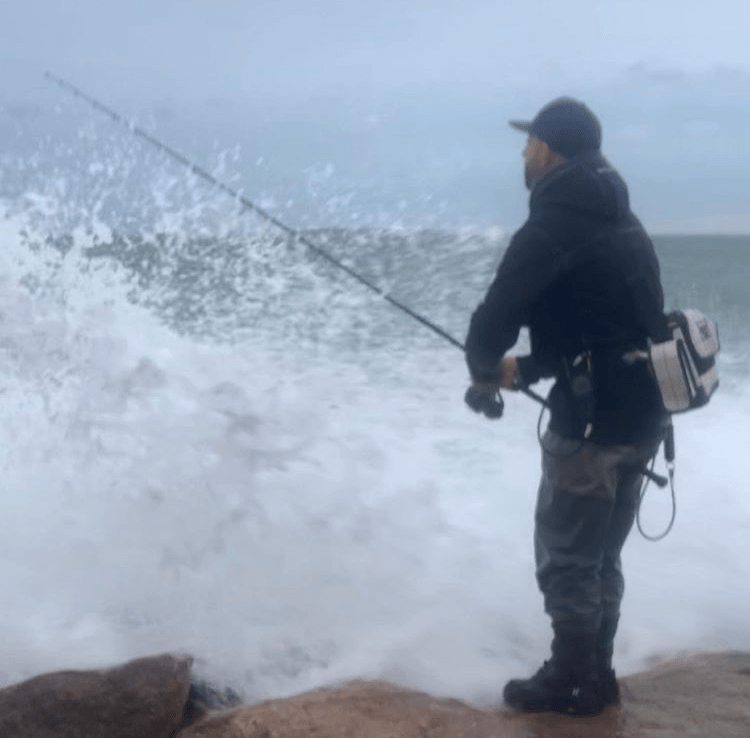

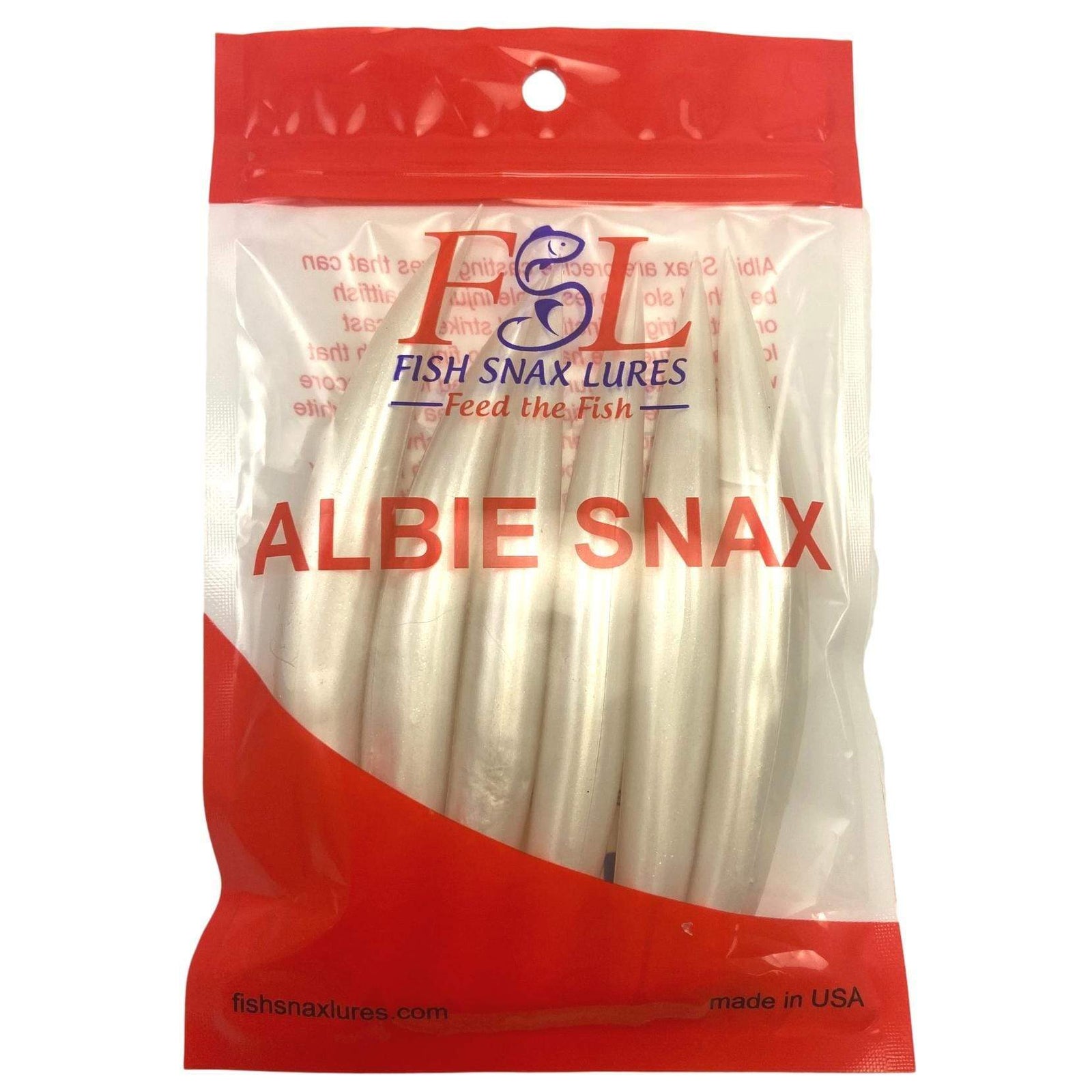

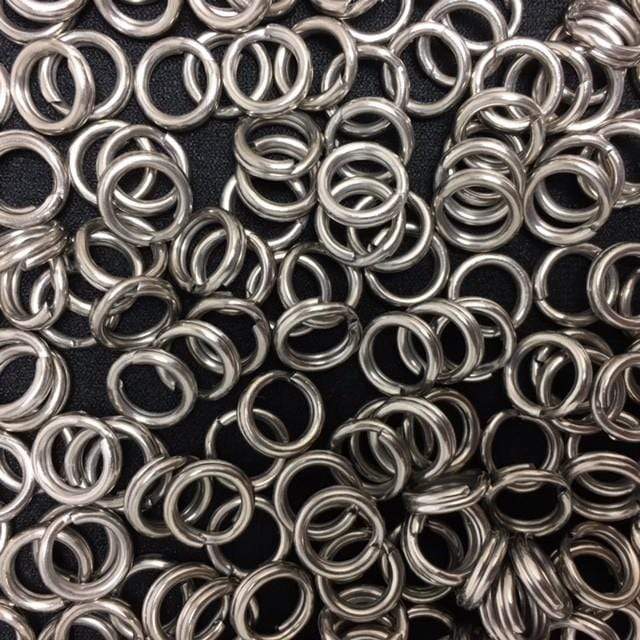
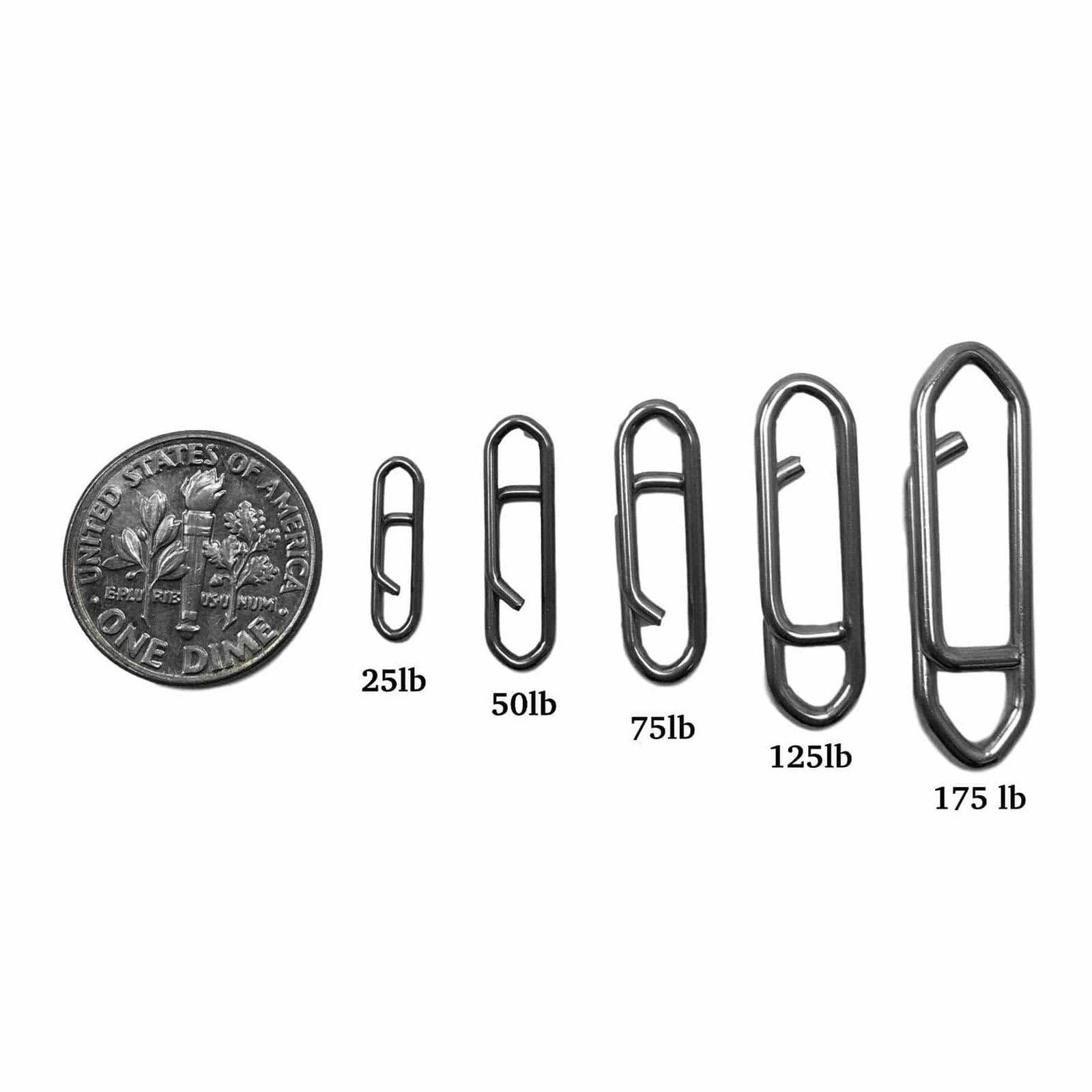




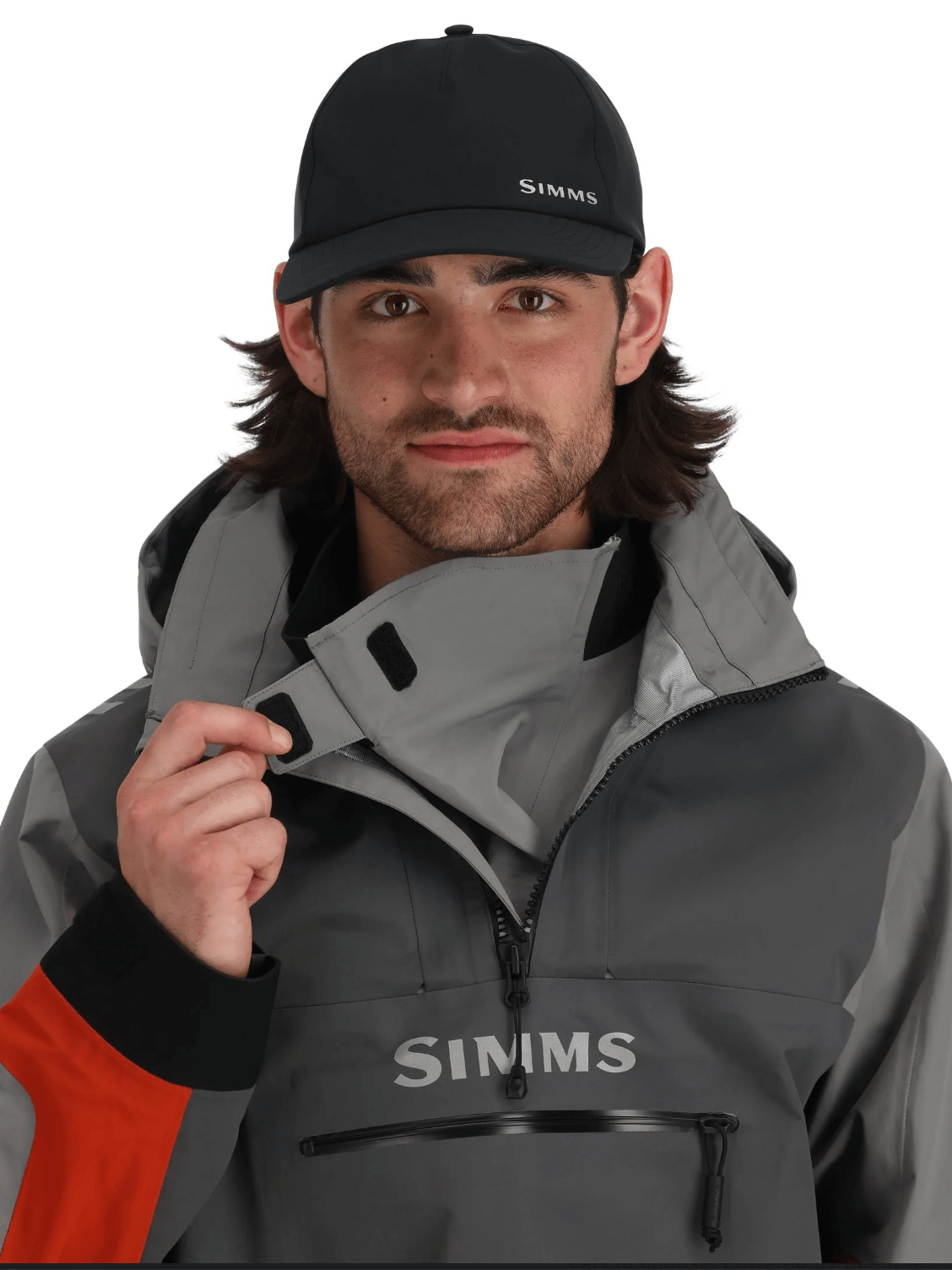

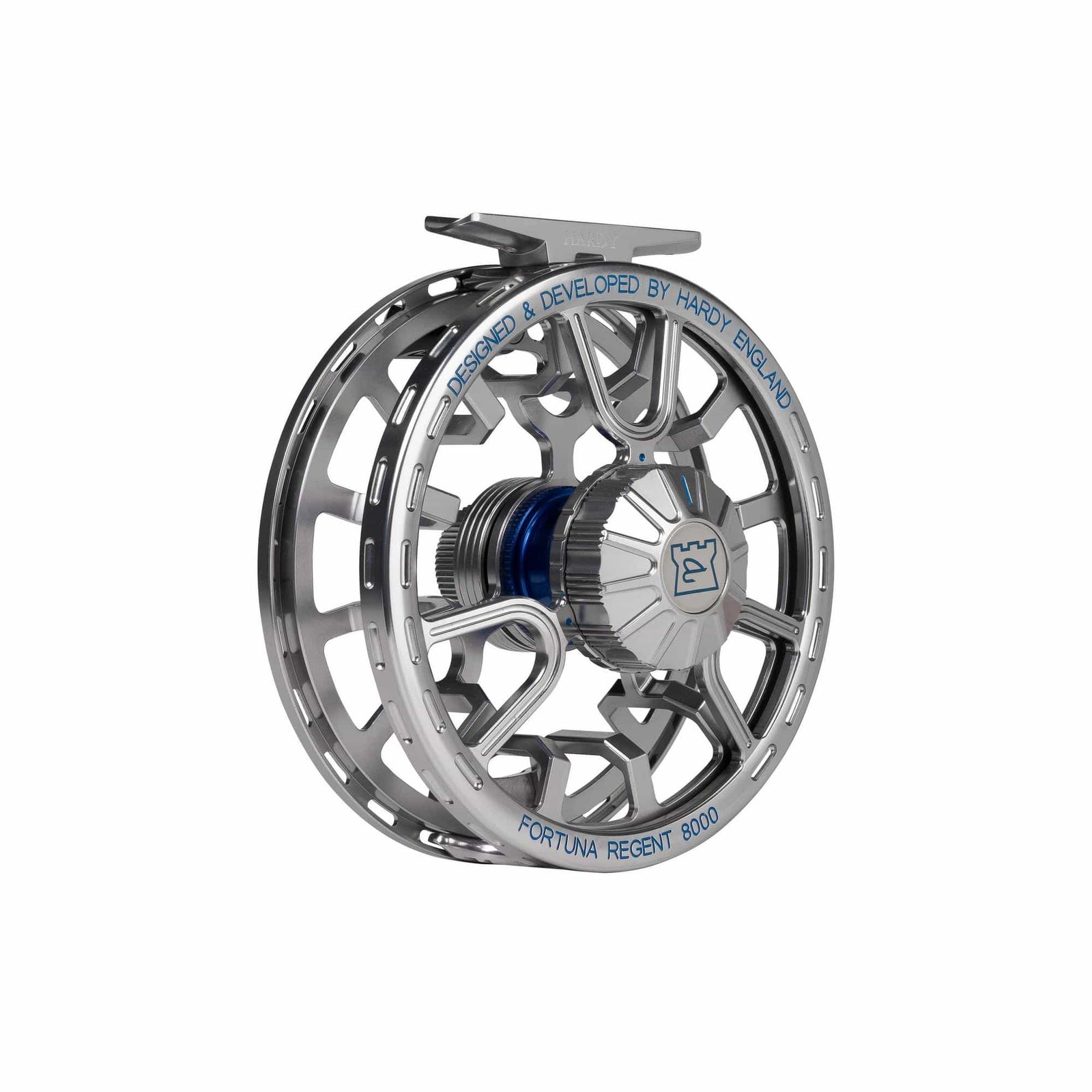
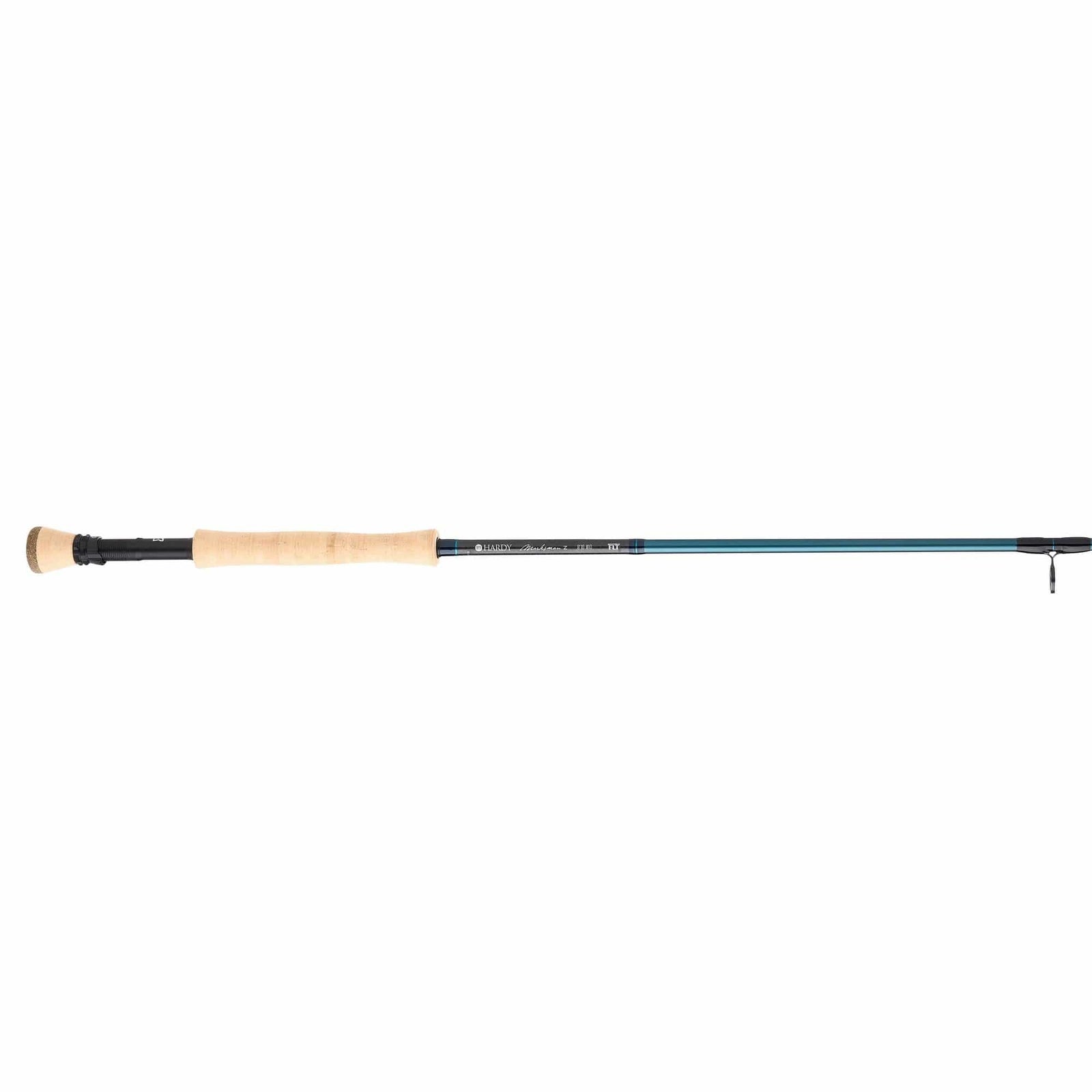

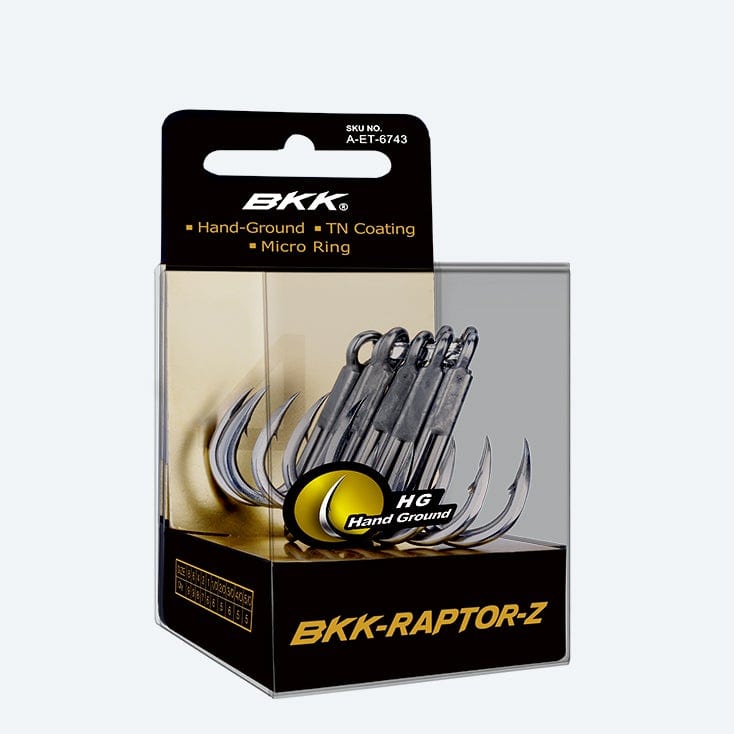
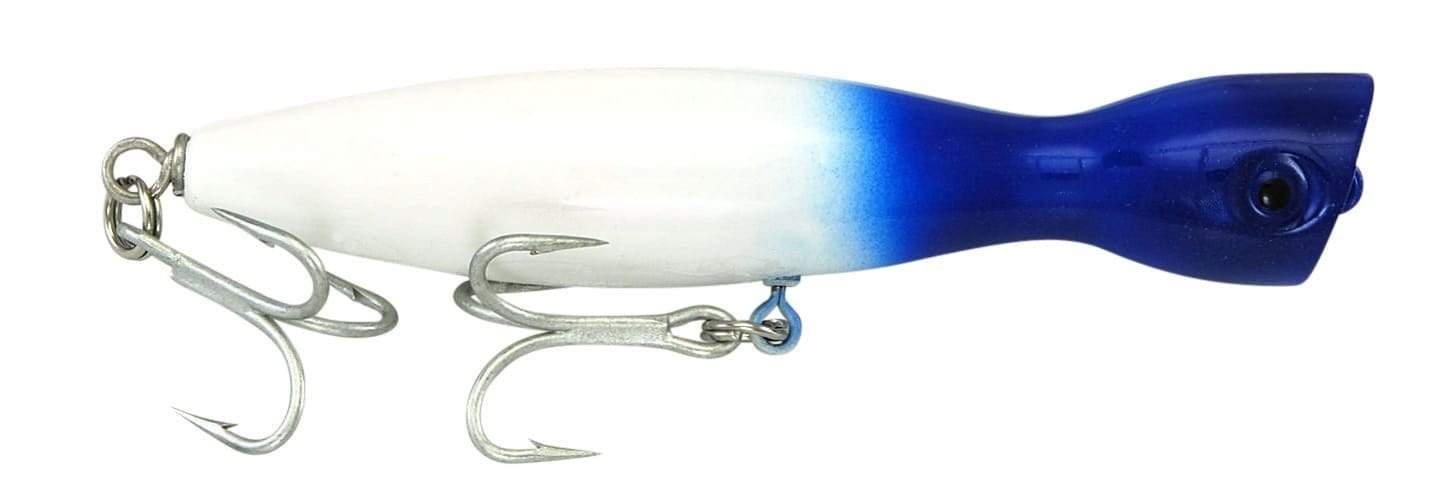
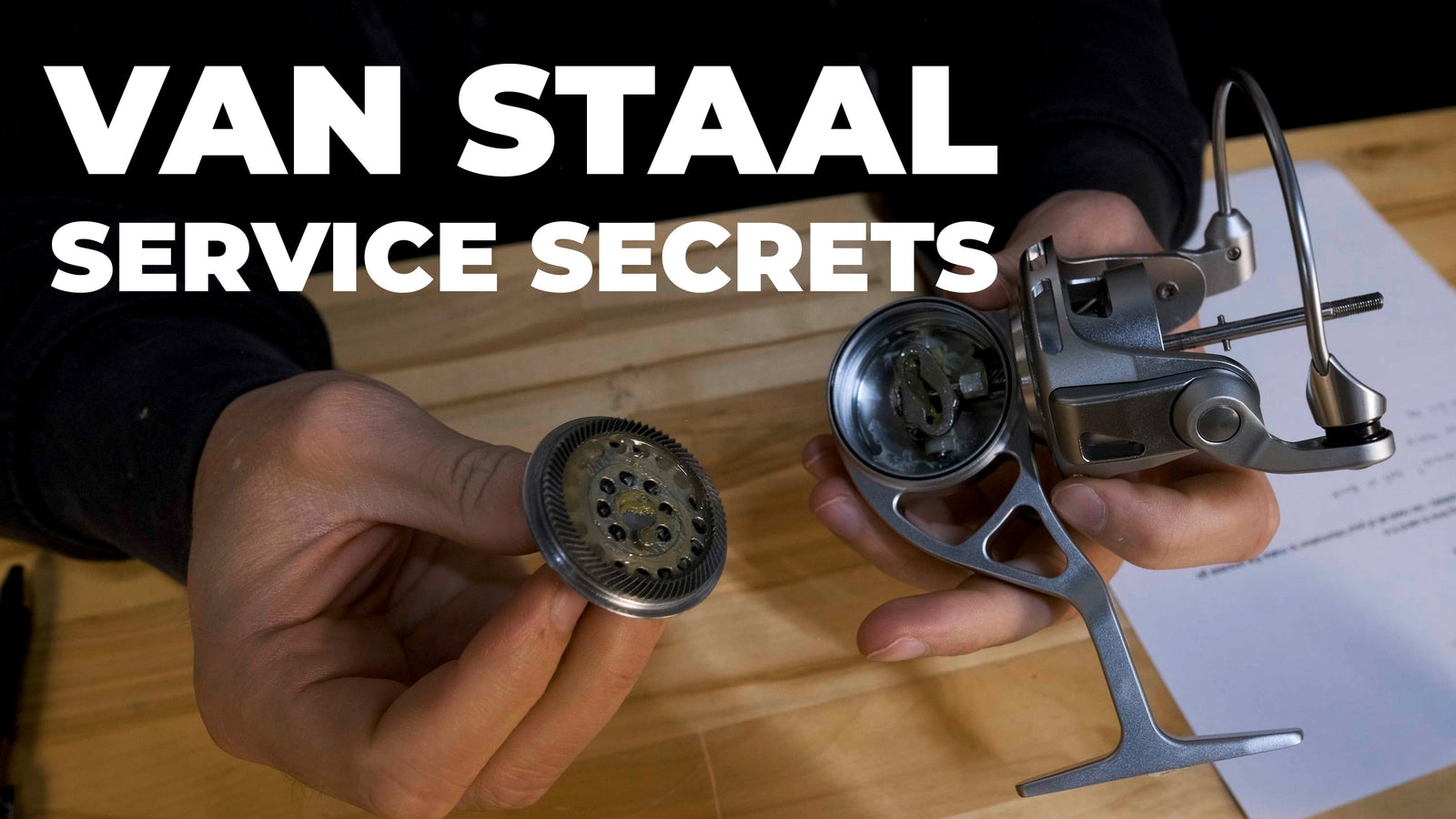


Leave a comment (all fields required)